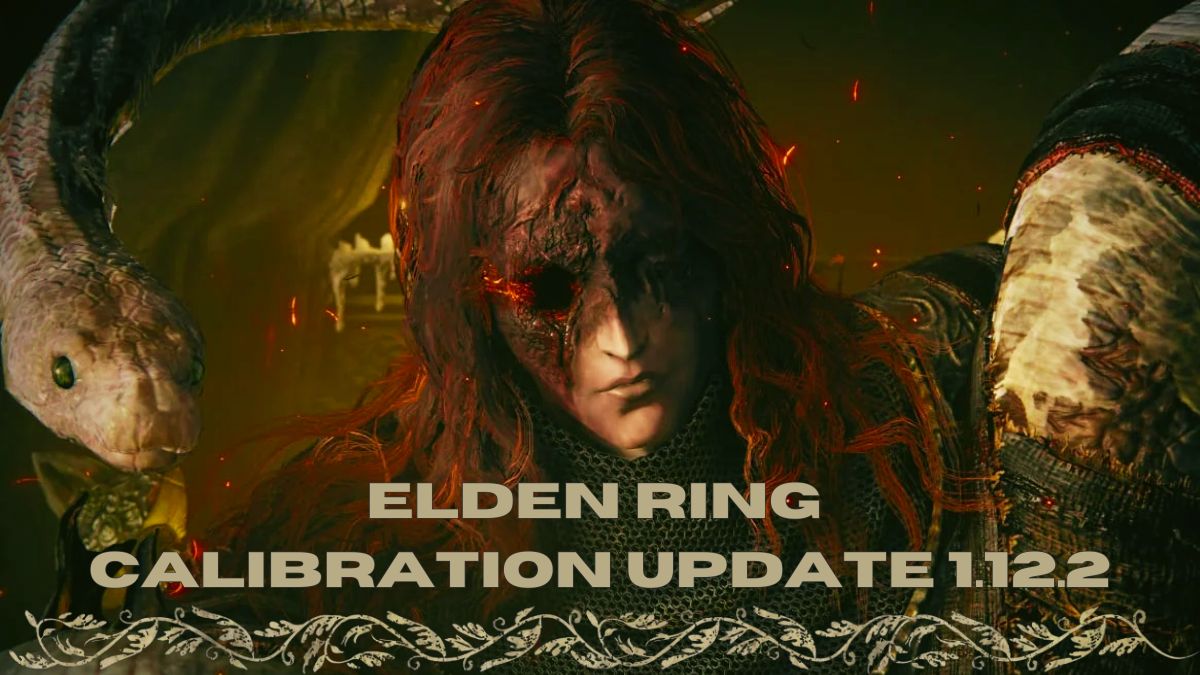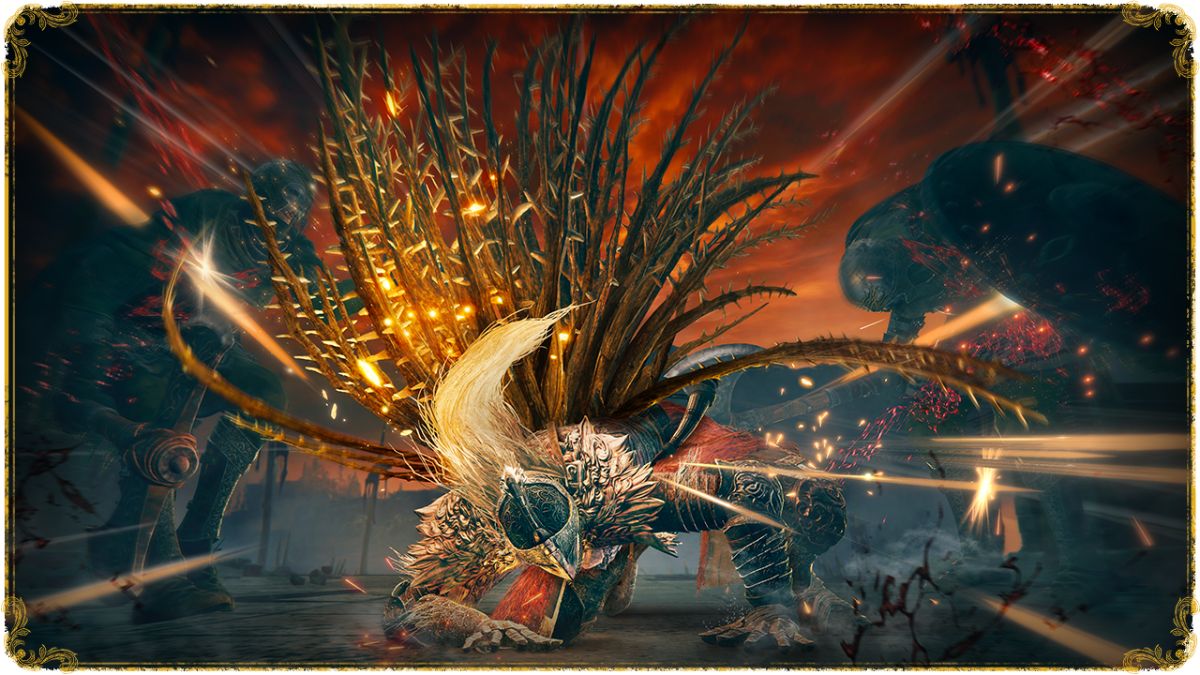Information on the upcoming Playstation 5 hardware has come tumbling out of the internet today. It will feature hardware based Ray-Tracing, haptic controls, and more.
In a surprising development today, news has arrived about the upcoming PlayStation 5 console. While a PlayStation Blog post gives lots of interesting details, Wired also has an exclusive that goes into more detail about the hardware.
All the previously known details are reiterated. A combination Ryzen CPU and Navi GPU will power the console while the standard hard drives are getting relegated in favor of solid-state drives. One crucial clarification that the system architect Mark Cerny made with Wired is about ray-tracing. “There is ray-tracing acceleration in the GPU hardware,” Cerny says, clearing up any worries people had that the console’s ray-tracing solution would be software-based.
Cerny also talks about the more attractive benefits of an SSD, which is that it cuts down on the need to replicate information in games files. Data will often be repeated, turning into massive blocks of replicated information so the game can load relevant data without needing to perform too much searching for a hard drive. The SSD will give developers the option to avoid doing this, potentially leading to smaller game sizes. The PS5 will feature 100GB optical discs and a 4K Bluray player so that I wouldn’t expect too much shrinkage to game files. Part of the reason for this will be the consoles ability to do 4K gaming. 4K display requires 4K textures, and those will always be on the chunky side.
The PlayStation 5 will also allow for a more customizable installation experience, and installing just the single-player or multiplayer portions of a game should be familiar. This means you won’t need to keep massive volumes of data on the system to continue playing a multiplayer mode that you like.
The plans in place for the new, as yet unnamed, controller are also exciting. The rumbling is getting shown the door, and instead, the new controller will focus on haptic technology. This mechanic will allow developers to change the amount of pressure it takes to do things like pulling the triggers, allowing for a more lifelike imitation of drawing a bowstring, as an example.
For more details, I strongly advise reading the Wired exclusive article. There are some interesting tidbits from writer Peter Rubin’s time where he got to play assorted demos on the device.






Published: Oct 8, 2019 12:55 pm